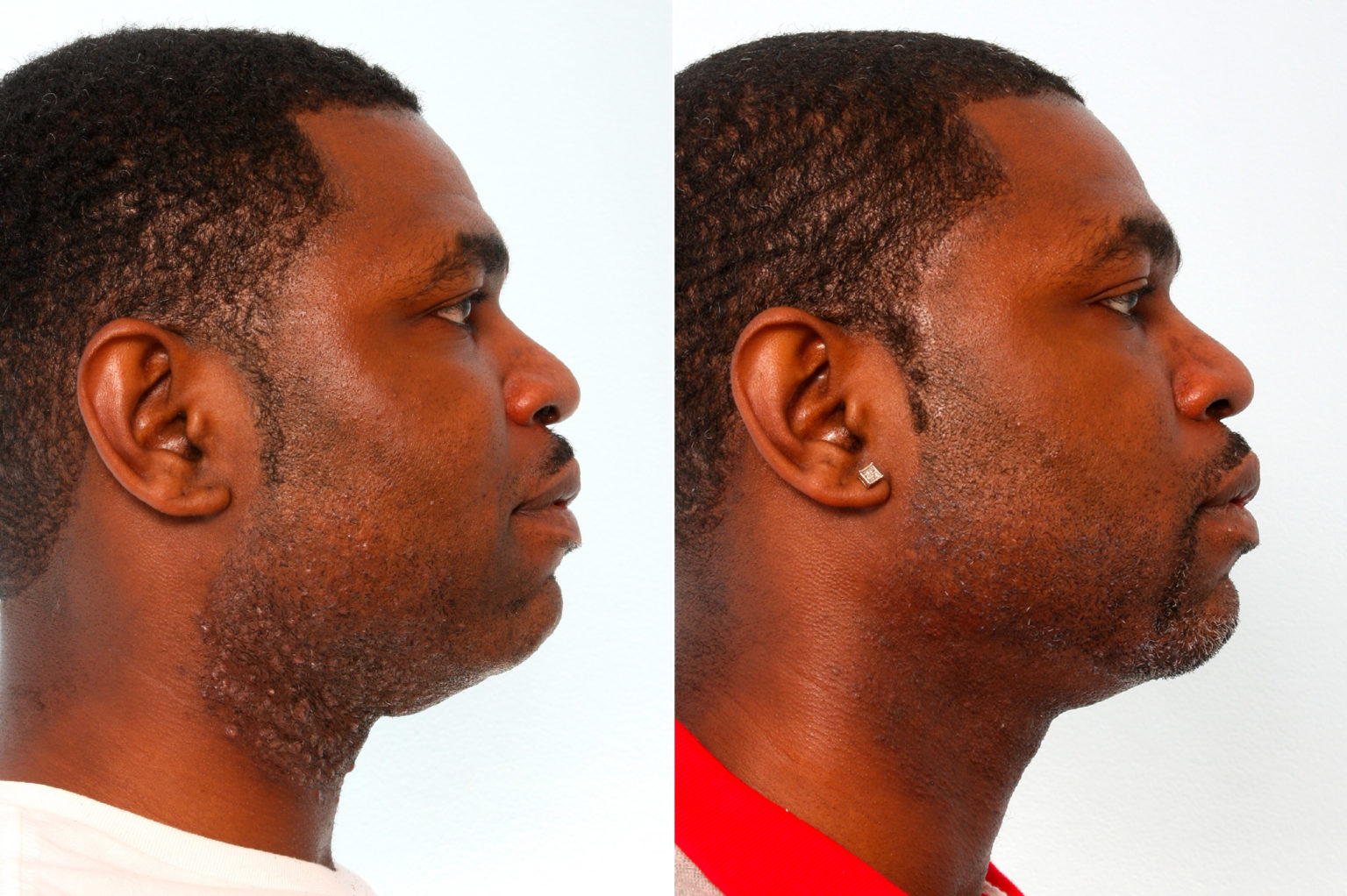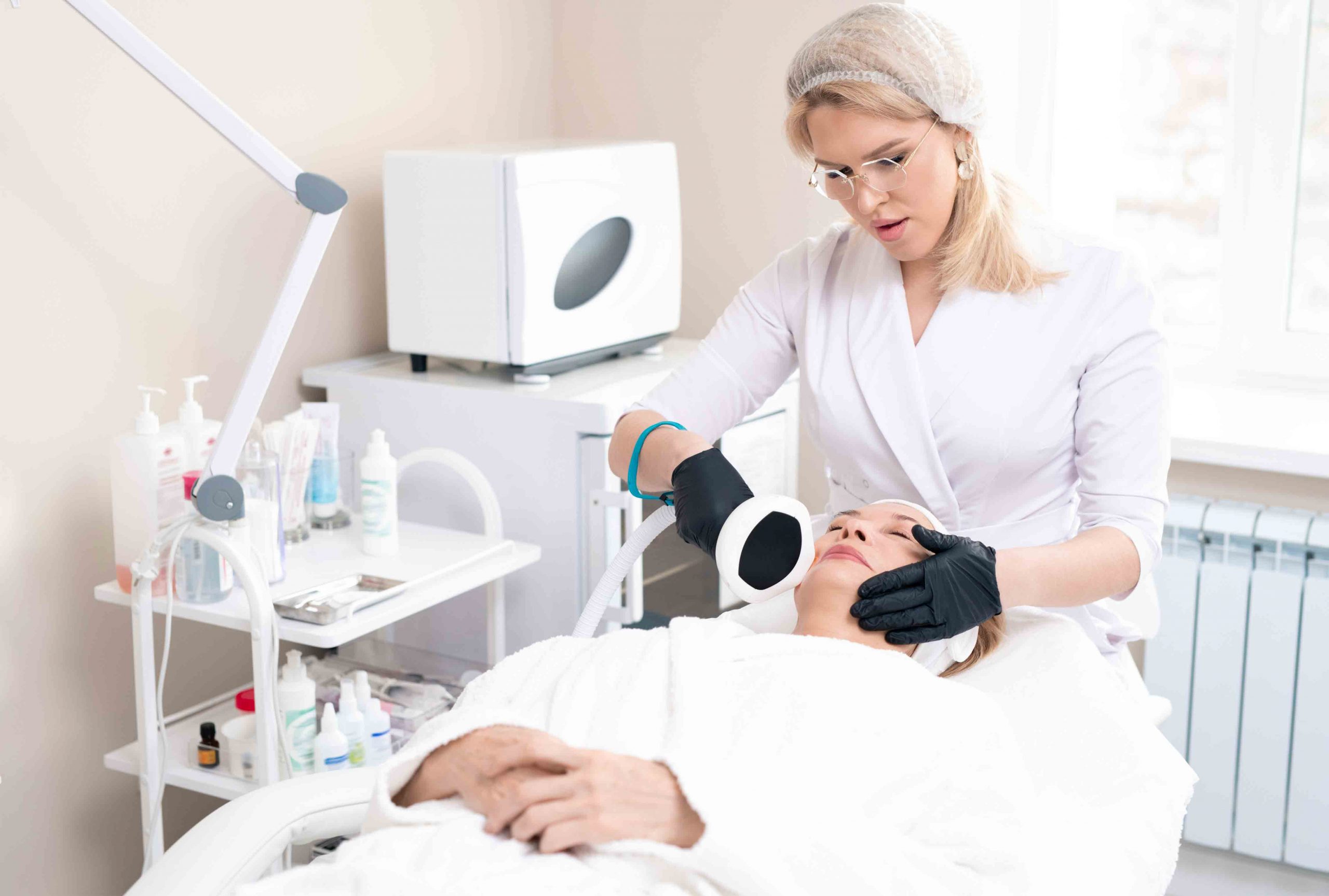Table Of Content
The sufferer often feels a sense of imminent danger or impending doom and an urge to escape. The onset of trichotillomania often coincides with the onset of puberty, and symptoms typically first appear between the ages of 10 to 13. However, symptoms may also manifest in infants, younger children, older teens, or adults.
Trichotillomania: Compulsive Hair Pulling
Differences in this brain area have also been observed in individuals with OCD, suggesting a close relationship between the two conditions. Other studies have found evidence of decreased amygdala volume in people with trich, which may be related to difficulties in emotion regulation also observed in this population. The disorder is usually chronic and lifelong, but its severity may ebb and flow with time.
Pulling My Hair Out GIFs
Cognitive behavioral therapy (CBT), coupled with habit reversal training (HRT), is currently thought to be the most effective approach for treating TTM. Researchers have found that individuals who are reluctant to seek conventional treatment may benefit from Internet-based interventions or support groups. While no medications are approved as a first-line treatment for TTM, some antidepressants, antipsychotic medications, and cannabinoid agonists have shown promise in limited studies. Therapy is considered the front-line treatment for all BFRBs, including trich.
Panic Attacks and Panic Disorder
A GIF Hair Tutorial on Fishtail Pigtails - STYLECASTER
A GIF Hair Tutorial on Fishtail Pigtails.
Posted: Thu, 09 Apr 2015 07:00:00 GMT [source]
People with both TTM and depression, for example, may be inclined to seek help for their depressive symptoms; this may, in turn, lead to help with hair pulling. In some cases, people engage in “rituals” after pulling, such as rolling the hair between their fingers, touching it to their lips or face, or inspecting the end to look at the root. Other people with trichotillomania eat their pulled hairs, a condition known as trichophagia.
Furthermore, there are numerous studies and client testimonies that have indicated success through this method. Anxiety is a common trigger for pulling episodes; for many with trich, pulling can be soothing and may provide temporary relief from feelings of anxiety (though such relief is rarely long-lasting). Trich is currently classified in the DSM as an obsessive-compulsive or related disorder, which is itself closely related to anxiety.
The 25 Funniest Fashion Moments on "Seinfeld" in GIFs - Complex
The 25 Funniest Fashion Moments on "Seinfeld" in GIFs.
Posted: Sun, 24 Feb 2013 08:00:00 GMT [source]
Pulling episodes may occur scattered throughout the day or in sustained, deliberate periods, and some sufferers do so in a trance-like state while distracted by other activities, without being aware of it. Usually, the sufferer first has a sense of tension that is related to resisting the urge to pull. The disturbance not be better explained by another disorder (e.g., hallucinations or medical conditions of the scalp), and must cause significant distress or impairment in important life functioning, such as finding or keeping a job and maintaining relationships. In some cases, clinicians will examine patterns of hair loss to determine the disorder’s severity or rule out other possible causes. While no treatment has been found to be universally effective, some show great promise and may deliver lasting relief.
Latest GIFs
At the Westwood Institute for Anxiety Disorders, we also treat a range of other clinical conditions, especially anxiety and compulsive disorders. Trichotillomania is one of several body-focused repetitive behaviors (BFRBs) currently classified in the DSM-5 as Obsessive Compulsive and Related Disorders. The disorder is also thought to share characteristics with impulse-control disorders.
Other Disorders That We Treat
To warrant a TTM diagnosis, the hair loss must not be attributable to other medical conditions. The behavior must also not be better explained by another mental health disorder; individuals with body dysmorphic disorder, for example, may pull out their hair in order to correct a perceived “imperfection,” rather than as the result of a compulsive need to pull. Trichotillomania is a condition characterized by a compulsive urge to pull out one’s hair.
Panic Attacks and Panic Disorder
It is commonly referred to as “trich” or “hair-pulling disorder” and is sometimes shortened to “TTM.” Hair-pulling can occur anywhere on the body—though it most often affects the scalp, eyebrows, and eyelashes—and can range from mild to severe. Currently, no medications are specifically approved for the treatment of trichotillomania. However, some patients have benefited from antidepressants—especially if comorbid anxiety or depression are present—or other psychiatric medications, including atypical antipsychotics. Supplementing with the amino acid N-acetylcysteine has proven effective at reducing hair-pulling behaviors in some small studies. Brain imaging studies have found that people with trichotillomania show increased thickness in areas of the frontal cortex related to the development of habitual behaviors.
Visit their profiles to watch an introductory video and book a free initial call to find a good fit. Trichotillomania can cause physical damage to skin tissue that may lead to infection, especially if tweezers, scissors, or other sharp objects are used to help facilitate hair pulling. The repetitive motions involved may also, in some cases, trigger joint injury or muscle pain. The worrying is not realistic for the likelihood or actual effects of the event that the sufferer fears. GAD sufferers are often needlessly anxious about day-to-day activities such as traveling to work on time or taking care of chores. Panic attacks occurs suddenly and build to a peak very quickly, normally in 10 minutes or less.
Trichotillomania affects up to 2 percent of the population, though only about half of those are thought to receive some form of treatment. In general, trichotillomania often co-occurs with other psychological problems, such as anxiety, OCD, or eating, mood, and personality disorders. We hope your stay with us is an experience in learning more about our people, services and the line of fine quality products that we offer. We consider each client as an individual with his or her own needs and desires. Schedule your next appointment with us and you will find true satisfaction with any of the variety of services we offer.




















